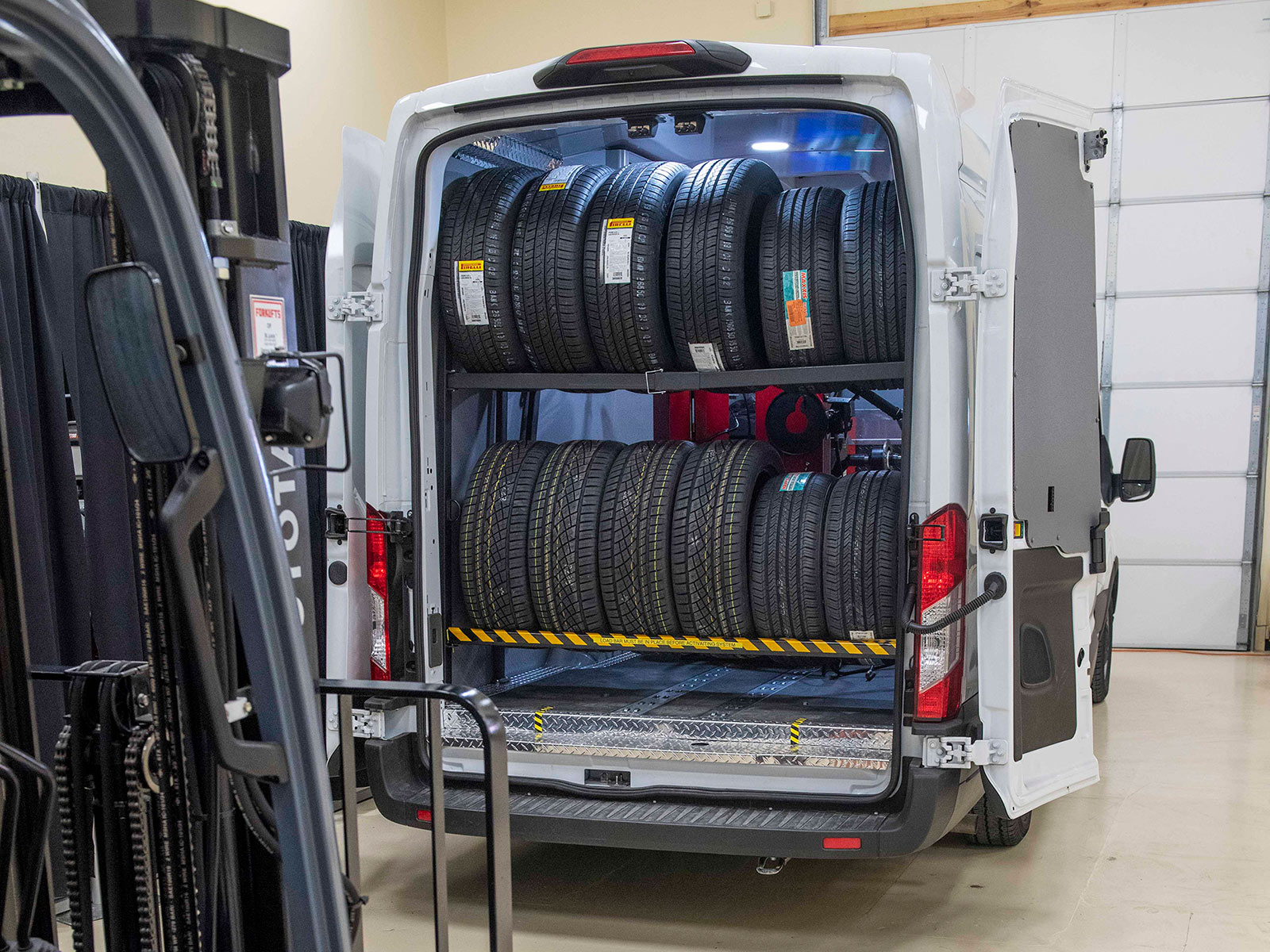Morris Tires: Your Partner for Expert GMC Tires Service
Morris Tires: Your Partner for Expert GMC Tires Service
Blog Article
Tire Solution: The Effect of Climate Condition
When it pertains to ensuring ideal efficiency and security when traveling, recognizing the impact of climate condition on tire solution is crucial. From scorching heat to icy roads, each climate component can significantly affect tire functionality and general driving experience. By delving right into the impacts of varying weather on tires, drivers can obtain beneficial insights that may enhance their automobile's efficiency and long life. In this conversation, we will explore the detailed partnership in between climate condition and tire solution, losing light on the importance of weather-specific tire maintenance practices and considerations.
Warmth and Tire Performance
When subjected to high temperatures, tires experience changes in efficiency that can dramatically impact car safety and handling. The heat produced from long term driving or warm climate conditions creates the tire rubber to soften, leading to reduced tread life and raised wear.

Cold Weather Condition Effects
Cold weather problems can have a substantial impact on tire performance and safety and security. In cold weather condition, tires might likewise lose air pressure more quickly, which can influence handling and fuel performance.
To alleviate the impacts of cool weather condition on tires, it is critical to frequently inspect tire stress and inflate them to the maker's recommended levels. Making use of winter season or all-season tires designed for winter problems can likewise boost grip and grip on icy or snowy roads. Proper tire upkeep, consisting of normal evaluations for wear and damage, comes to be even a lot more crucial during colder months to make sure ideal efficiency and security.
Rainy Issues Impact
Tires with damaged treads are much more prone to hydroplaning, where a layer of water develops up in between the road and the tire surface, leading to loss of grip. To combat this, motorists should regularly inspect their tires for appropriate walk depth and take into consideration spending in tires specifically developed for damp problems.
Additionally, stormy weather can likewise reduce presence, making it challenging for vehicle drivers to see the road ahead plainly (GMC Tire Service). In such problems, it is vital to readjust driving rates appropriately and maintain a risk-free complying with range to enable for unexpected quits. Appropriately filled with air tires can additionally aid in preserving control on wet roadways by visit here providing better handling and hold
Snow and Tire Security
When driving in snowy problems, having the appropriate tires can make a considerable distinction in safety and security and efficiency. Winter season tires are created with unique rubber compounds and walk patterns to provide better traction on snow and ice contrasted to all-season tires.

Moreover, drivers must think about mounting tire chains in severe snowy problems. Tire chains supply added grip by gripping the snow and ice, boosting security and control. However, it is necessary to comply with manufacturer instructions when making use of and mounting tire chains to protect against damage to the tires and car. By selecting the right tires, maintaining appropriate inflation, and thinking about extra traction aids like tire chains, motorists can improve their security when navigating snow-covered roads.
Weather-Related Tire Maintenance
When encountered with various climate condition, correct tire upkeep becomes an important aspect of automobile safety and performance. Weather-related tire maintenance incorporates a variety of methods targeted at guaranteeing ideal tire feature and longevity in various weather situations. One vital facet of weather-related tire maintenance is tire pressure law. Changing temperature levels can trigger tire stress to vary, impacting traction and gas efficiency. On a regular basis examining and changing tire stress according to supplier suggestions is vital for risk-free driving in transforming climate condition. Additionally, tire tread deepness plays a substantial duty in dealing with different weather aspects. Tires with sufficient walk deepness supply far better grasp on damp or icy roadways, minimizing the threat of hydroplaning or skidding. When walk wear gets to a specific deepness is vital for keeping grip and stability in unfavorable climate, inspecting tire walk consistently and replacing tires. By prioritizing weather-related tire upkeep, motorists can enhance security, boost automobile efficiency, and lengthen the additional reading life-span of their tires.
Final Thought
In final thought, climate conditions have a considerable effect on tire performance and safety and security. From heat influencing tire pressure and put on to cold weather condition minimizing grip, it is essential to take into consideration the climate when keeping and using tires.
In this conversation, we will check out the detailed partnership between climate problems and tire solution, dropping light on the significance of weather-specific tire maintenance practices and factors to consider.

Report this page